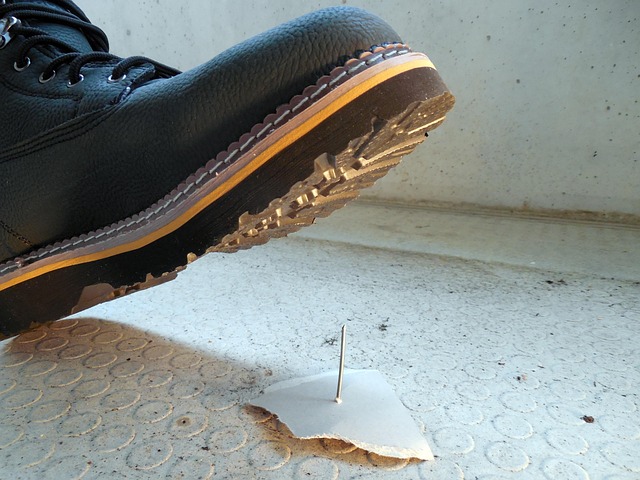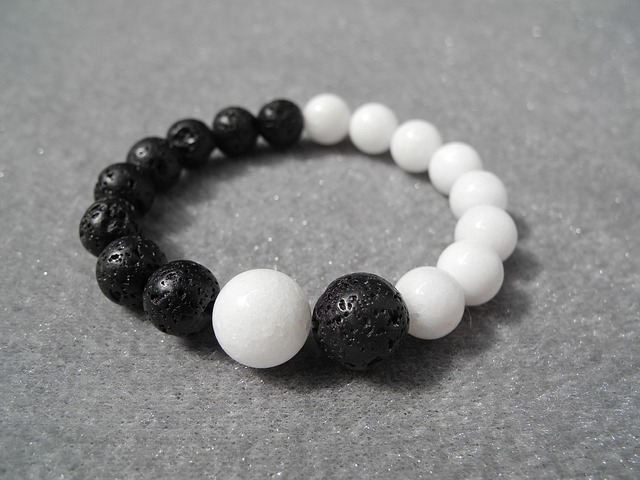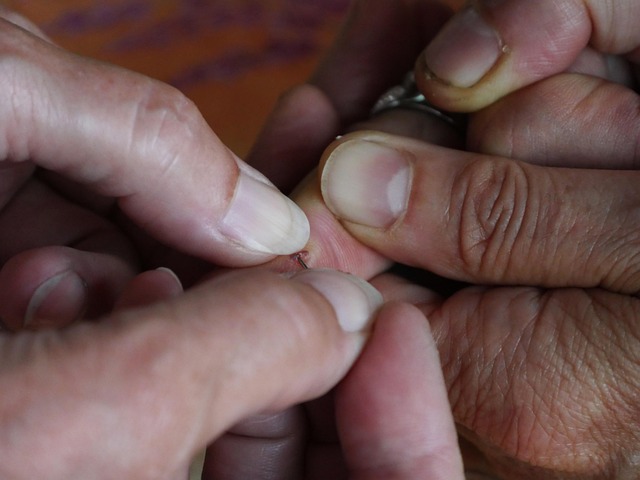
Mohs Surgery: A Gentle Approach to Skin Cancer Treatment
When it comes to treating skin cancer, the word “surgery” can sound intimidating. But let’s take a moment to explore a method that’s not only effective but also designed with precision and care: Mohs surgery. This innovative technique is a beacon of hope for many facing skin cancer, offering a way to remove cancerous cells while preserving as much healthy skin as possible. 🌼
What is Mohs Surgery?
Mohs surgery is a specialized procedure primarily used to treat various forms of skin cancer, including melanoma, squamous cell carcinoma, and basal cell carcinoma. The beauty of this technique lies in its meticulous approach. During the surgery, a skilled surgeon removes thin layers of skin from the affected area, one at a time. Each layer is then examined under a microscope for any lingering cancer cells. This process continues until there are no signs of cancer left, ensuring that the treatment is as thorough as possible.
Why Choose Mohs Surgery?
One of the most compelling reasons to consider Mohs surgery is its impressive success rate, which can soar up to 99% in certain cases. This high level of effectiveness is largely due to the way the procedure evaluates the surrounding tissue more comprehensively than traditional surgical methods. By ensuring that all cancerous cells are removed, patients can enjoy greater peace of mind and a lower chance of recurrence. 🌸
The Procedure: What to Expect
While every patient’s experience may vary, the general flow of Mohs surgery is quite straightforward:
- Preparation: Your doctor will discuss the procedure, answer any questions, and prepare you for the surgery.
- Layer Removal: The surgeon will remove a thin layer of skin and send it for immediate analysis.
- Microscopic Examination: The removed layer is examined for cancer cells. If any are found, another layer is removed.
- Reconstruction: If reconstructive surgery is necessary, it can often be performed on the same day. However, some cases may not require any reconstruction at all.
This step-by-step process allows for a tailored approach, ensuring that each patient receives the care they need.
Recovery and Aftercare
After Mohs surgery, patients can expect some swelling and discomfort, but these symptoms typically subside within a few days. It's essential to follow your doctor's aftercare instructions, which may include keeping the area clean and applying ointments to promote healing. Many patients find that their skin heals beautifully, often with minimal scarring. 🌷
Final Thoughts
Mohs surgery stands out as a gentle yet effective option for those battling skin cancer. With its focus on precision and patient care, it not only addresses the cancer but also respects the surrounding healthy tissue. If you or someone you love is facing a skin cancer diagnosis, consider discussing Mohs surgery with a qualified dermatologist. It could be the key to a brighter, healthier future.

















 Bronchitis and When to Seek Help
Bronchitis and When to Seek Help 
 Health
Health  Fitness
Fitness  Lifestyle
Lifestyle  Tech
Tech  Travel
Travel  Food
Food  Education
Education  Parenting
Parenting  Career & Work
Career & Work  Hobbies
Hobbies  Wellness
Wellness  Beauty
Beauty  Cars
Cars  Art
Art  Science
Science  Culture
Culture  Books
Books  Music
Music  Movies
Movies  Gaming
Gaming  Sports
Sports  Nature
Nature  Home & Garden
Home & Garden  Business & Finance
Business & Finance  Relationships
Relationships  Pets
Pets  Shopping
Shopping  Mindset & Inspiration
Mindset & Inspiration  Environment
Environment  Gadgets
Gadgets  Politics
Politics 